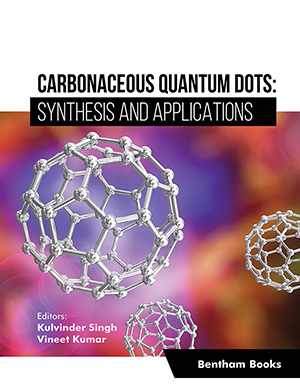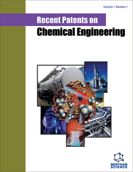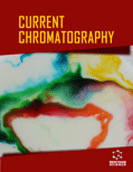Abstract
Carbonaceous quantum dots (QDs), including carbon and graphene quantum
dots, have been widely used recently in various sensing fields, such as healthcare
sensing, environmental monitoring, and food safety. Owing to their exceptional
electronic, fluorescent, photoluminescent, chemiluminescent, and electrochemiluminescent properties, carbonaceous QDs are essential tools for designing an ultra-sensitive sensing platform. In this chapter, we summarized the applications of
carbonaceous QDs in the detection of various target analysts, citing heavy metals, toxic
compounds, pesticides, and proteins (DNA, aptamer, and RNA). In this regard, the
authors described the effects of synthetic methods and surface functionalization on the
properties of carbonaceous QDs and the analytical performance of sensors. We believe
that understanding these parameters gives us better sensors that could not be obtained
by other means. To give the reader a clear vision of the implementation of these zero-dimensional nanomaterials in sensor architectures, a comparative study has been
developed.
Keywords: Analytic performances, Carbonaceous quantum dots, Electrochemical proprieties, Optical proprieties, Sensing applications.






















